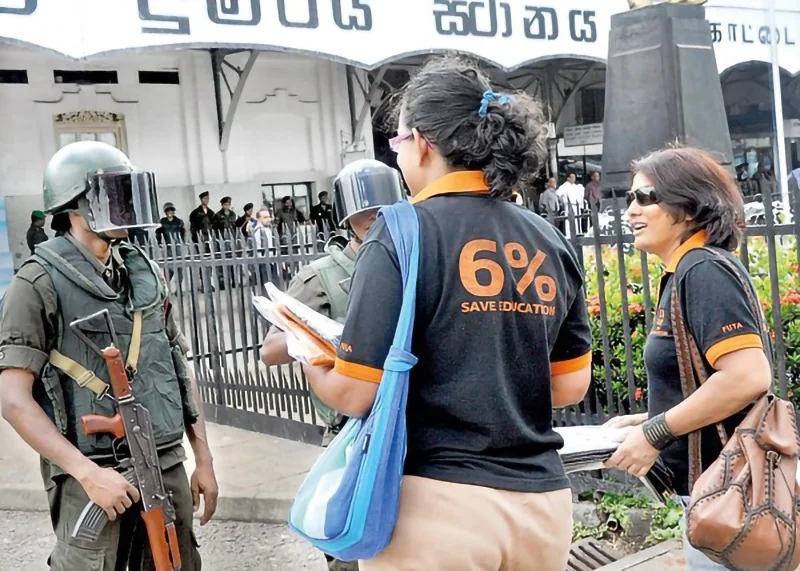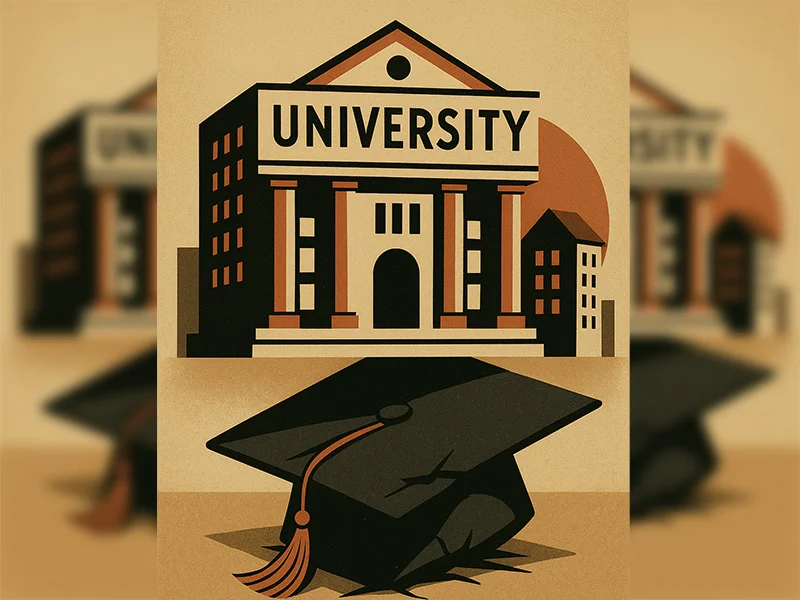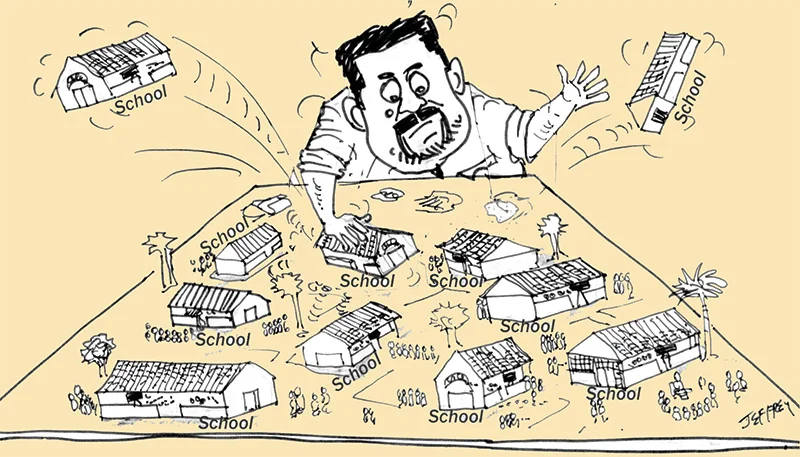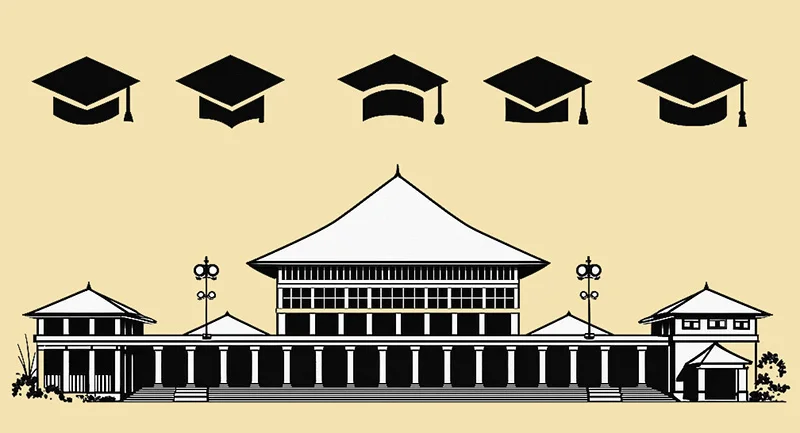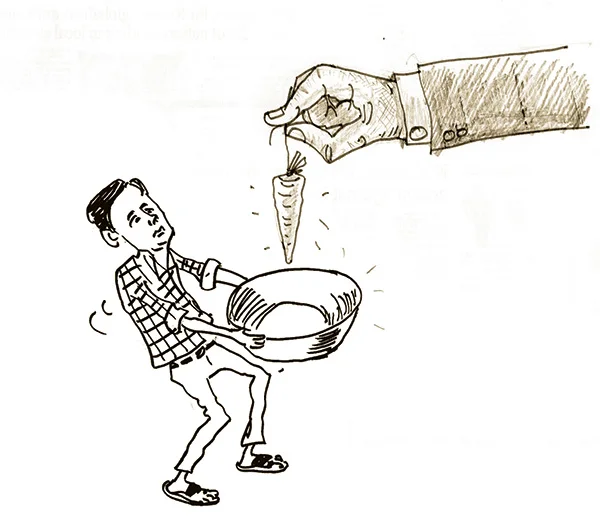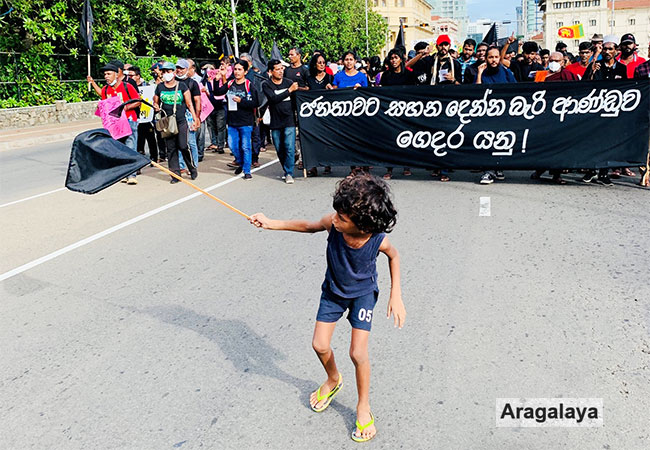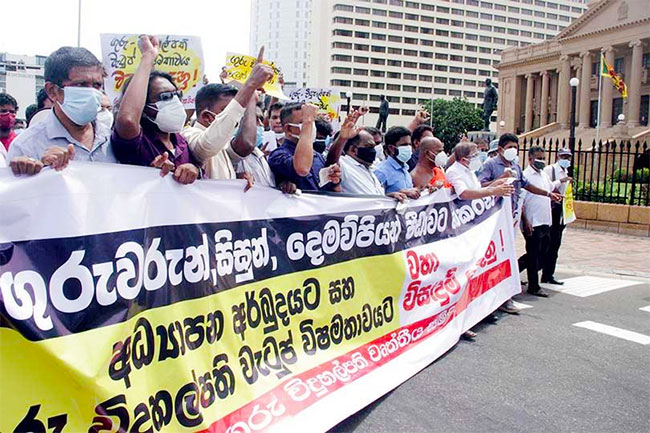State funding of higher education and research
Ahilan Kadirgamar The unique strength of Sri Lanka’s public education system is that it has been free up to university level. When we look at the massive level of student debt in other countries, including in the West, we realise what a great boon free university education has been for our youth. With the current […]
State funding of higher education and research Read More »
